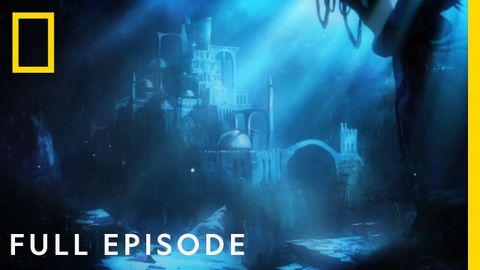アトランティスの伝説(全話)|ドレイン・ザ・オーシャンズ (Legend of Atlantis (Full Episode) | Drain the Oceans)
林宜悉 が 2021 年 01 月 04 日 に投稿  この条件に一致する単語はありません
この条件に一致する単語はありませんUS /ɪkˈstrɔ:rdəneri/
・
UK /ɪkˈstrɔ:dnri/
US /ˈɛvɪdəns/
・
UK /'evɪdəns/
US /ˈenʃənt/
・
UK /'eɪnʃənt/
エネルギーを使用
すべての単語を解除
発音・解説・フィルター機能を解除
